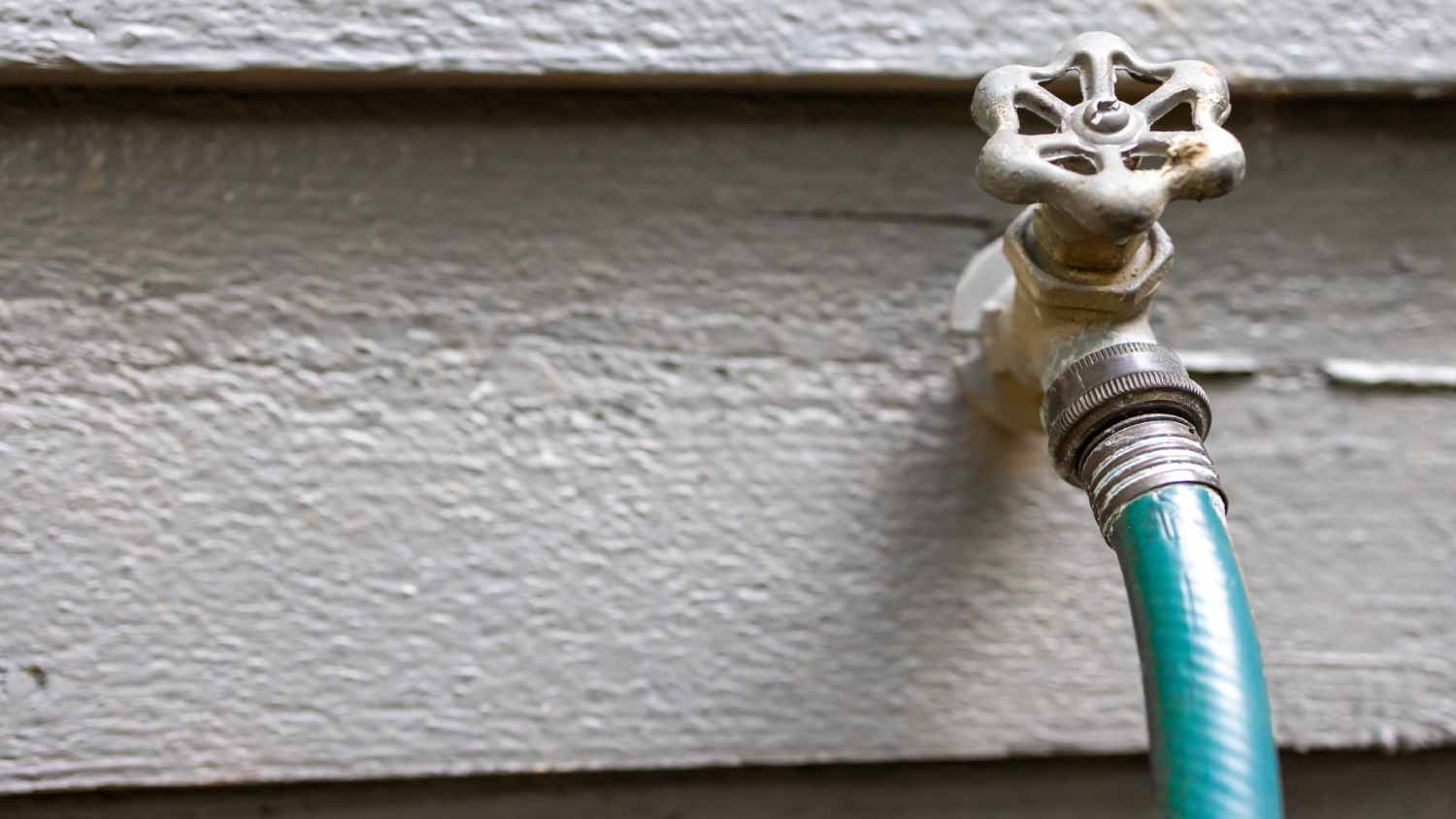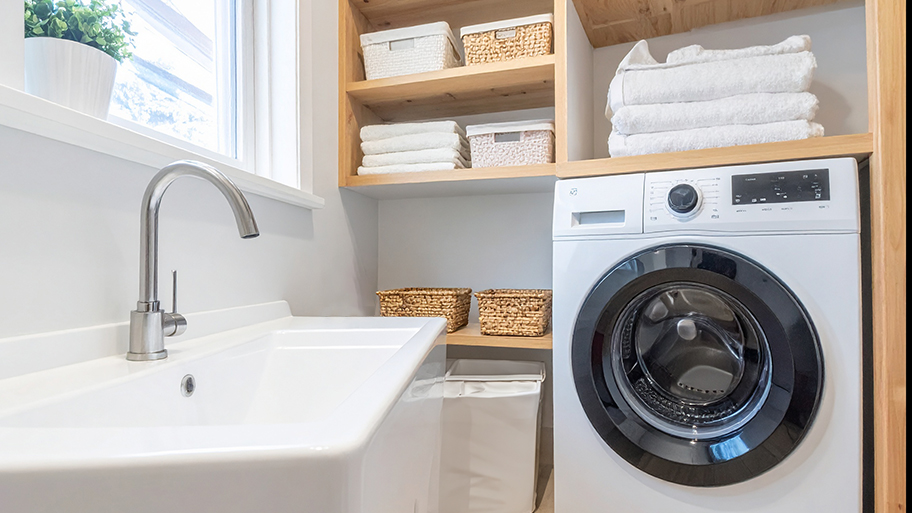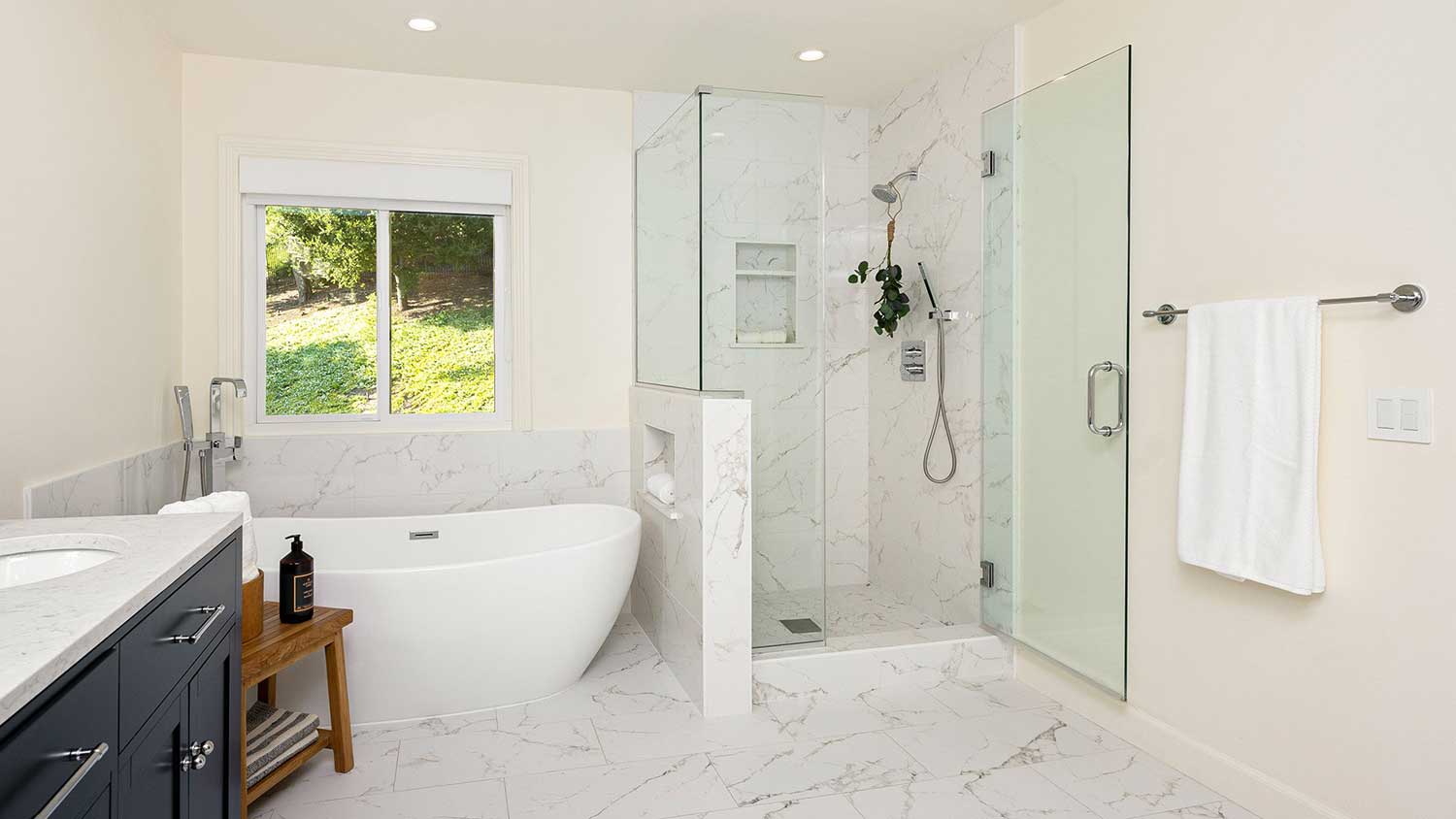
Everyone can relate to having toilet issues—we’ve all been there. There are several reasons why your toilet might need repairs, and the cost varies based on the damage.
It all waters down to hose or not to hose


Hose bibs and spigots are types of outdoor faucets.
These terms are frequently used interchangeably.
Hose bibs are designed to connect to a garden hose.
Spigots can be adapted to fit a hose, even if they don’t have threading.
Both hose bibs and spigots cost about $100–$4,000.
You notice a leak while watering your garden, and after checking out the outdoor faucet, you’re pretty sure you need a replacement. But when you get to the hardware store, the salesperson asks whether you’d like a spigot or a hose bib, and now you’re unsure what to do. Luckily, learning the slight differences between a hose bib vs. a spigot is easier with this handy guide.
A hose bib and a spigot are terms that are often used interchangeably. Both are outdoor faucets that supply water for outdoor uses, like watering a garden, filling a kiddie pool, hosing off the deck, or washing your car in the driveway. These devices are similar in size, appearance, and use. The biggest difference is that a hose bib is always threaded to connect to a garden hose or a sprinkler system. Spigots may be threaded, but not always.
| Type of Difference | Hose Bib | Spigot |
|---|---|---|
| Appearance | Threaded | Sometimes threaded |
| Use | With garden hose | Varying outdoor uses |
| Maintenance | Can come frost-free | Drained for winter |
| Lifespan | 15 – 25 years | 10 – 20 years |
| Cost | $100 – $4,000 | $100 – $4,000 |

Even if you’re looking closely at a hose bib and a spigot, it can be hard to tell the difference between them based on their appearance. Both of these types of outdoor faucets look similar. They come in similar sizes and materials and are made of similar parts.
The standard size of a hose bib and a spigot is about 1/2 to 3/4 inch. If you need a larger hose or higher water flow, you may find hose bibs or spigots about 1 inch.
Both hose bibs and spigots can have threading, although spigots don’t always have threading for a hose connection. Hose bibs have male threading to attach a garden hose. Spigots without threading may operate more like a faucet, but you can find adapters with threading, so your spigot can still connect to a hose.
The hose bib and the spigot are typically located on an outside wall of the house, usually not far from the ground.

One major difference between a hose bib and a spigot is how you use these faucets. You can use a spigot in various ways, such as filling a bucket for cleaning or connecting to a sprinkler system.
Hose bibs are designed with threading specifically to connect a garden hose. However, that doesn’t mean a spigot can’t have threading, too. But if your garden hose isn’t fitting correctly to your spigot, you may need a quick connector or hose adapter to fit onto the spigot. This will allow you to securely connect a garden hose without leaks.
Maintaining any outdoor hose is important, but there may be slightly different tasks to check off your to-do list, depending on whether you have a hose bib or a spigot.
You should clean the inside parts of the hose bib or spigot, like the aerator, washer, and valves, about once per year. The outside should be cleaned regularly to clear away grass after mowing or mud after a rainstorm.
Before you vow to curl up inside all winter, you must ensure your spigot is appropriately winterized. To do this, you’ll need to drain the spigot fully by opening the shut-off valves to the fixture and leaving it open for a few hours, letting as much water as possible drain out. Then, you can insulate and cover the spigot to minimize the risk of freezing, which can lead to cracked pipes.
You’ll need to go through the same process with a hose bib, but first, you’ll need to drain and disconnect the garden hose if you have one attached. You can store this in the garage or shed until you’re ready to use it again in the spring.
One type of hose bib, a frost-free hose bib, has a longer pipe attachment that keeps the hose bib’s valves inside the house at a warmer temperature, better protecting the hose bib from freezing. You’ll still need to turn off the water to the hose bib and disconnect the garden hose, but you may not need to add the extra insulation and cover. Of course, if you want to minimize the risk of frozen pipes as much as possible, it doesn’t hurt to take a few extra minutes to insulate and cover even a frost-free hose bib.
An average spigot will last about 10 to 20 years, depending on the material and maintenance. A hose bib, especially one that is frost-free, may last even longer, about 15 to 25 years. The best way to get the most out of your outdoor faucet, whether a hose bib or a spigot, is to keep up with maintenance, like cleaning the faucet and replacing worn-out gaskets as needed.
Whether you’re considering the cost of a sprinkler system to help keep up with the best time to water your lawn or just looking to replace an old spigot before it’s time to fill up your kids’ pool for the summer, you can weigh the differences in installing a new outdoor faucet or replacing an existing fixture.
Maybe your existing hose bib or spigot is too low to the ground to access easily, and you want to install a new one in a higher location. Or perhaps you’ve just planted a garden on the eastern side of the house, but the hose on the western side is too far to reach for watering. No matter the reason, installing a new outdoor faucet costs about $100 to $4,000. Because installing new pipes to connect the hose bib or spigot requires expertise to prevent a major leak, be sure to hire a plumber near you for outdoor faucet installation.
Whether you have a hose bib or a spigot, replacing an outdoor faucet costs about $100 to $300. The parts cost about $10 to $60 for a basic hose bib or spigot, about $35 to $200 for a frost-free hose bib, or about $45 to $200 for an anti-siphoning spigot. The anti-siphoning spigot has a valve designed to prevent non-potable water from back-flowing into your home’s drinking water supply in the event of negative pressure in the pipes.
We needed a couple of minor plumbing repairs done. Lopez Plumbing arrived on time and was very respectful of our time and space and have reasonable advice about the maintenance of equipment and proactive steps to take.
Quality plumbing work!!! Very responsive and transparent about all costs up front. Overall I was very satisfied with his professionalism and quality of work!!!
Overall much higher quality work, now the walls are plumb and square, tile pattern is correct and well balanced. The bathroom design is exactly the same other than a few minor details where they suggested a different angle or joint but if you could see them side by side there's no comparison...
I have rental properties and every time I hired this company for any plumbing-related issue, they always solved the problem. I would not work with anyone else, I trust them completely. I have been using this company for years.
We purchased a home that was need of a bit of work and I had great difficulty finding good firms that charged fair prices and performed well. I first hired JMZ to clean the yard and cut the grass. I saw Jose's truck in the area and called the number on the side. In the past two years Jose and...
Andrew and his crew at Islander painting are precise and clean up after their work. I would definitely hire them again!!!
Armend Gojani at Rite Plumbing and Heating is incredibly nice, courteous, knowledgeable and honorable. He has been a pleasure to work with, and so far most of the plumbing problems have been fixed - one more to go.
Clayton and his associate were fantastic! He accommodated my request to remove a considerable amount of stuff from a residential home in Port Orange (even changing my original appointment date very last minute at my request). He was early to the job, careful not to remove or damage anything...
Professional, courteous and great quality. Would hire the team again.
Tell me that unless I pay $95 they will not come out to give me an estimate
From average costs to expert advice, get all the answers you need to get your job done.

Everyone can relate to having toilet issues—we’ve all been there. There are several reasons why your toilet might need repairs, and the cost varies based on the damage.

The cost to add plumbing to a detached garage depends on several factors, including the type of plumbing and the garage's distance from your home.

A leaky faucet can lead to costly water damage and a lot of wasted water. Learn how much it costs to fix a leaky faucet based on type, part and labor.

Severe winter weather causes well water pipes to freeze, obstructing water flow and leading to pipe bursts. Here’s what to do if your well water is frozen.

When budgeting for your dream shower setup, you'll need to decide which of the five shower drain types you'll use. Discover all the ins and outs in this guide.

Learn about the best types of bathroom faucets to modernize your bathroom, whether you're renovating or replacing a broken faucet. There are many stylish options in every budget range.